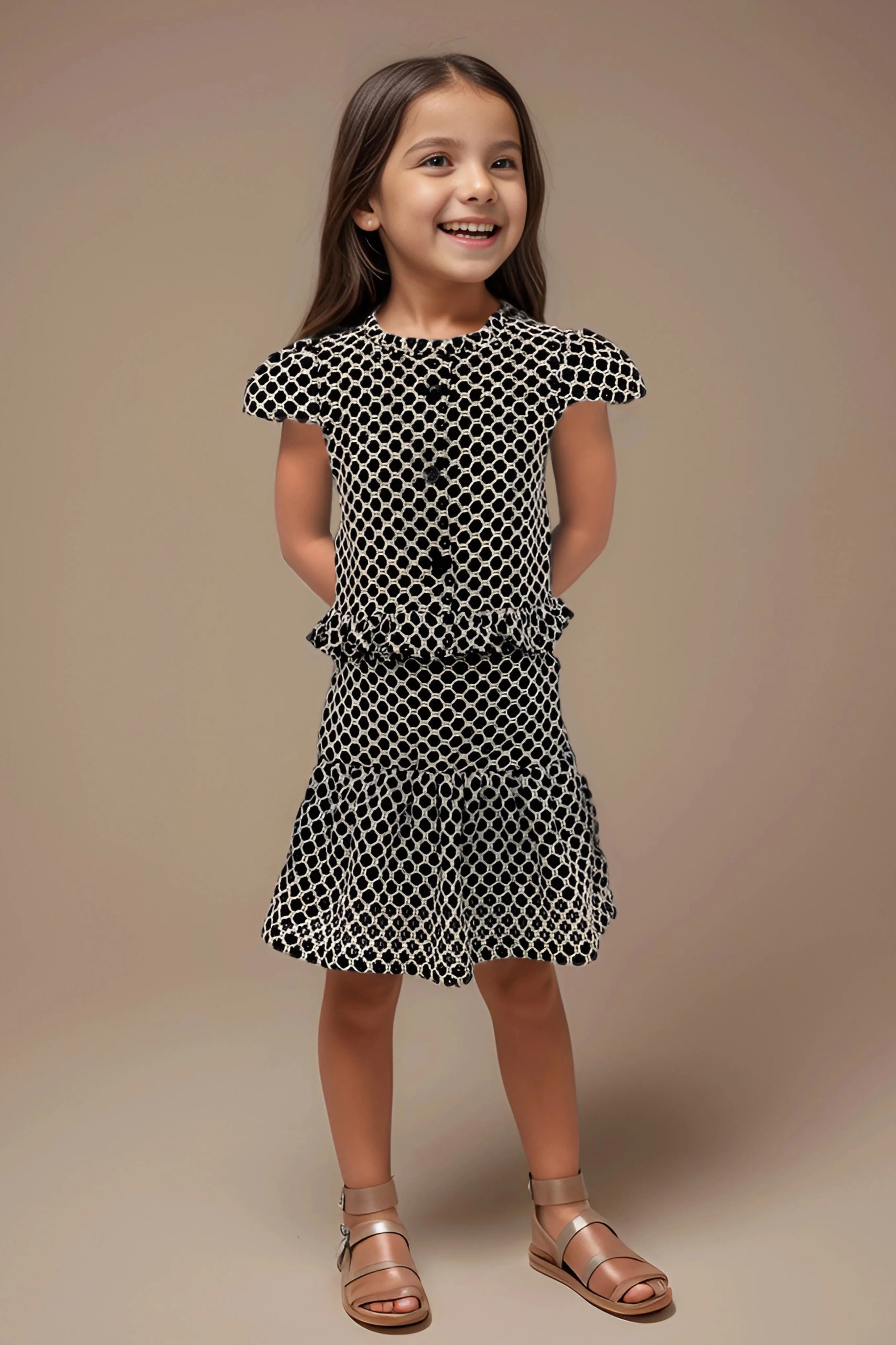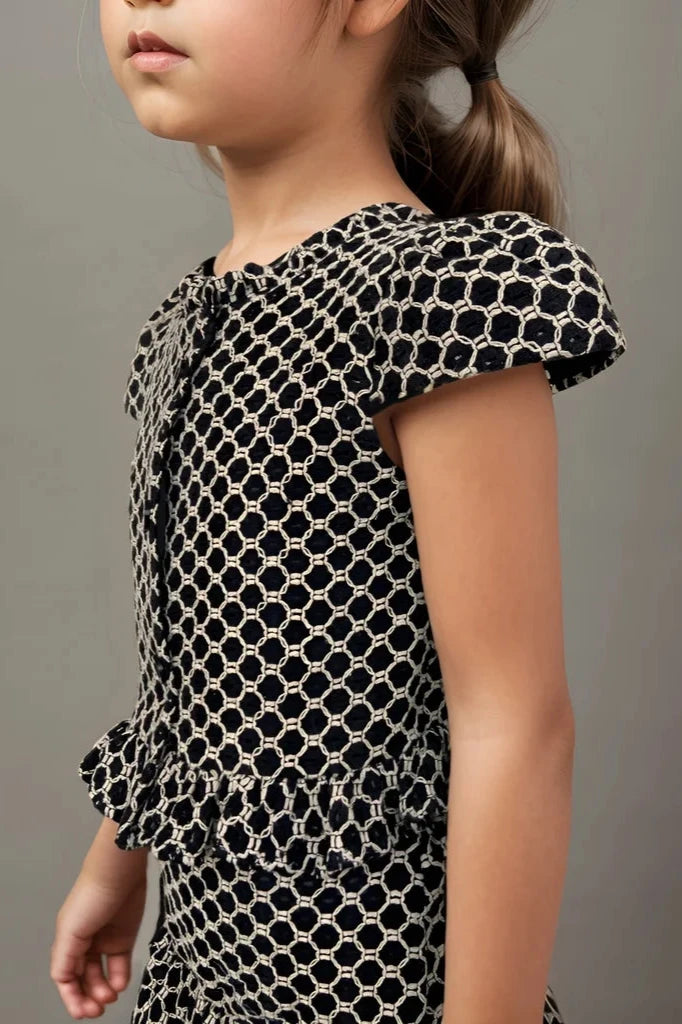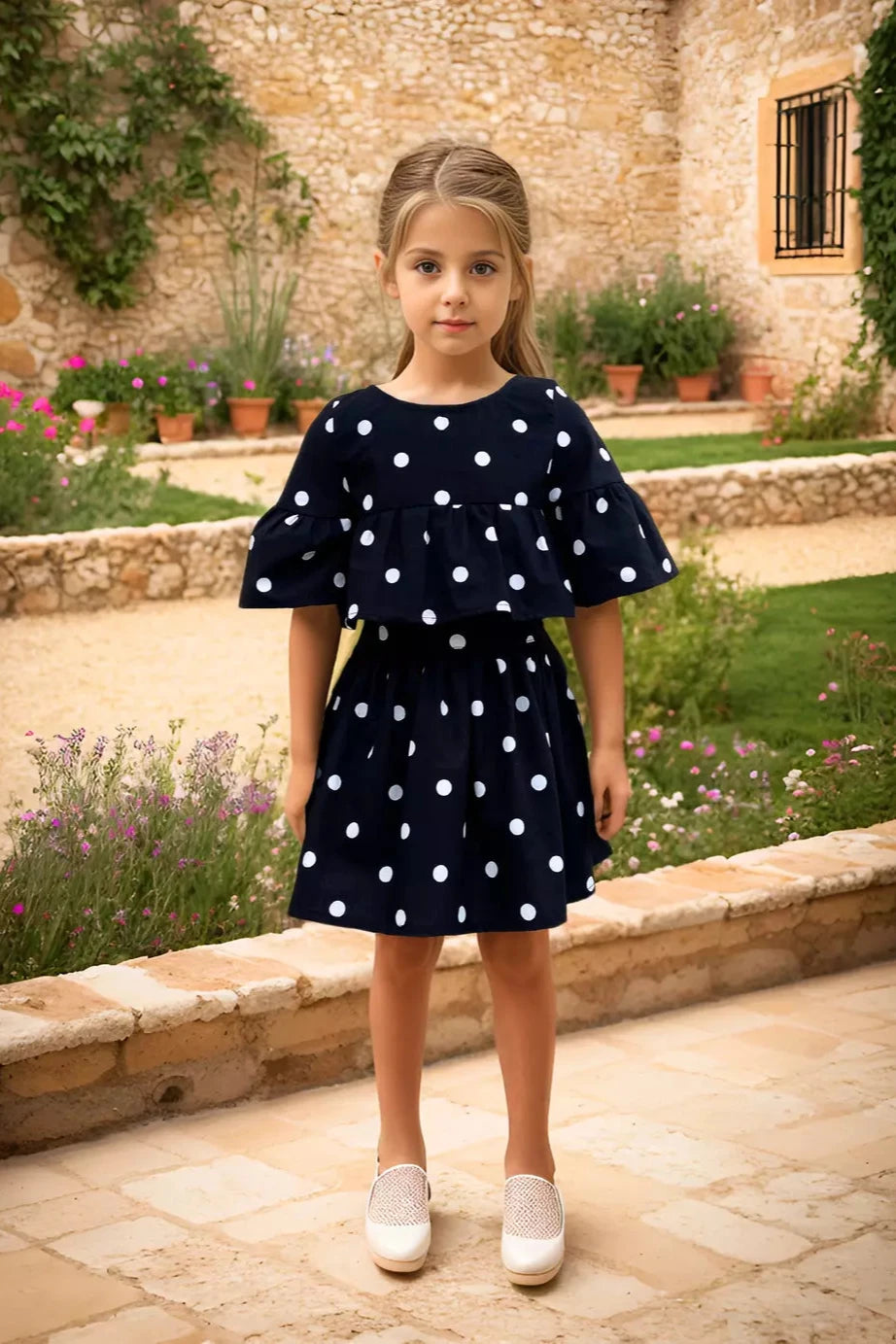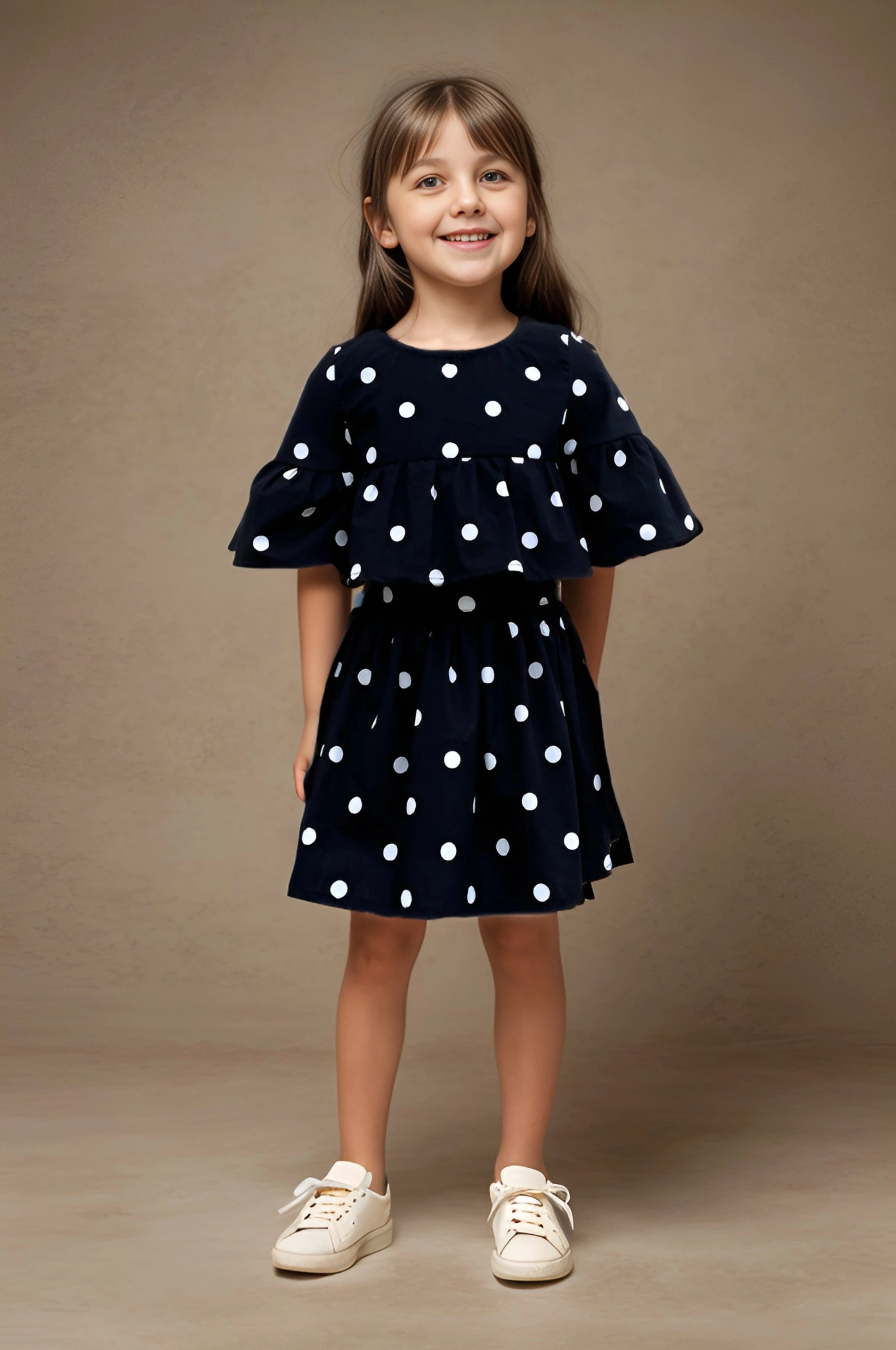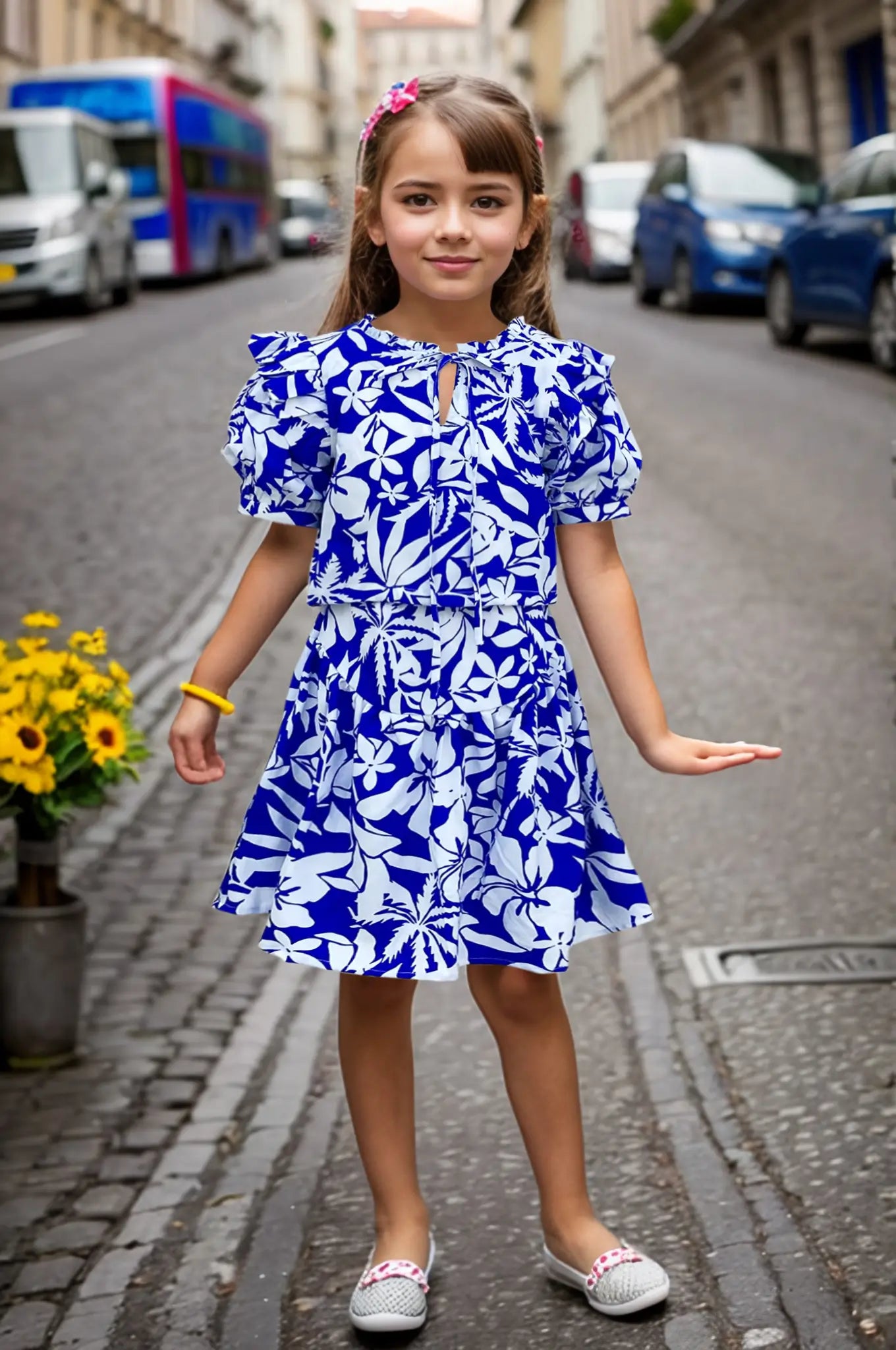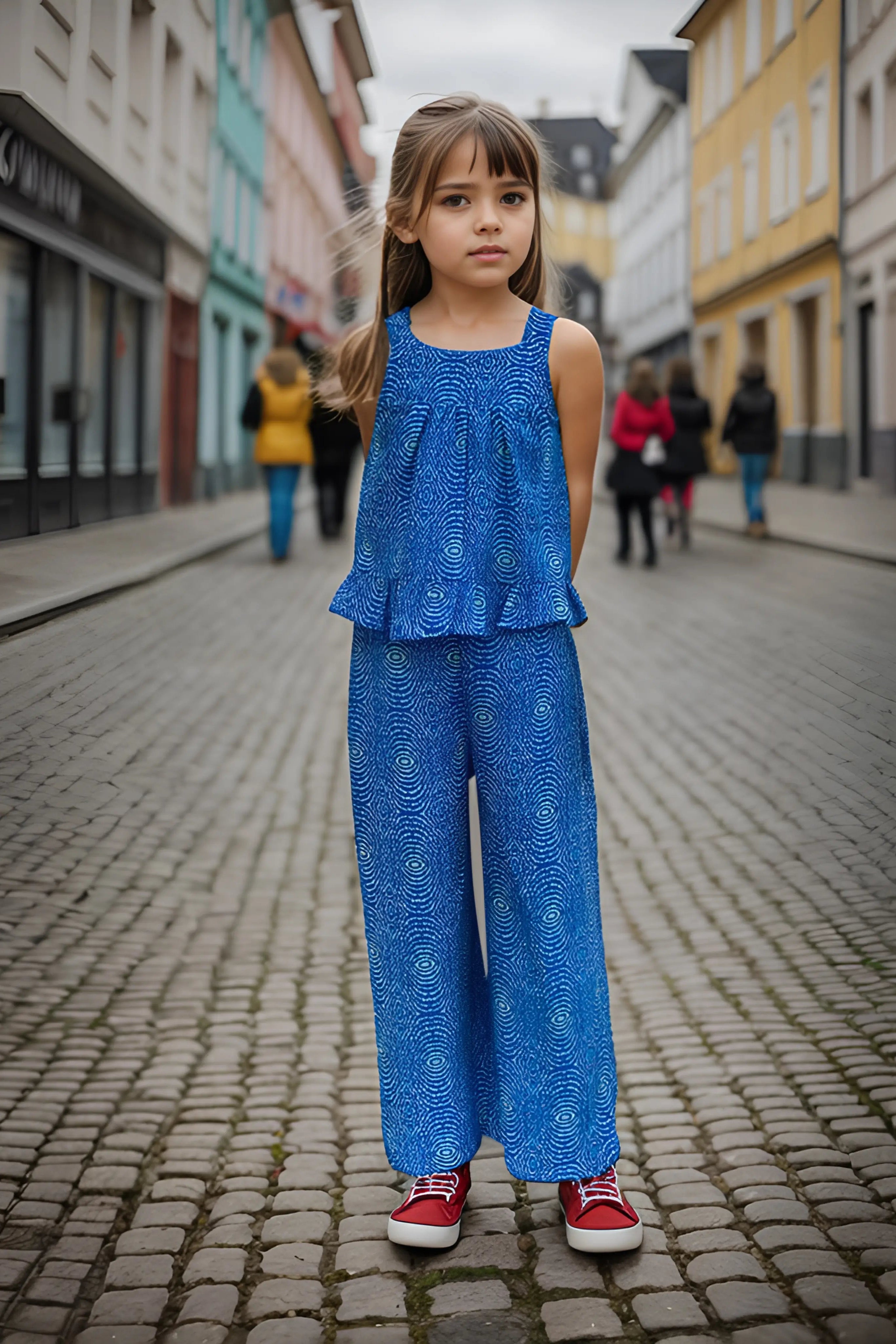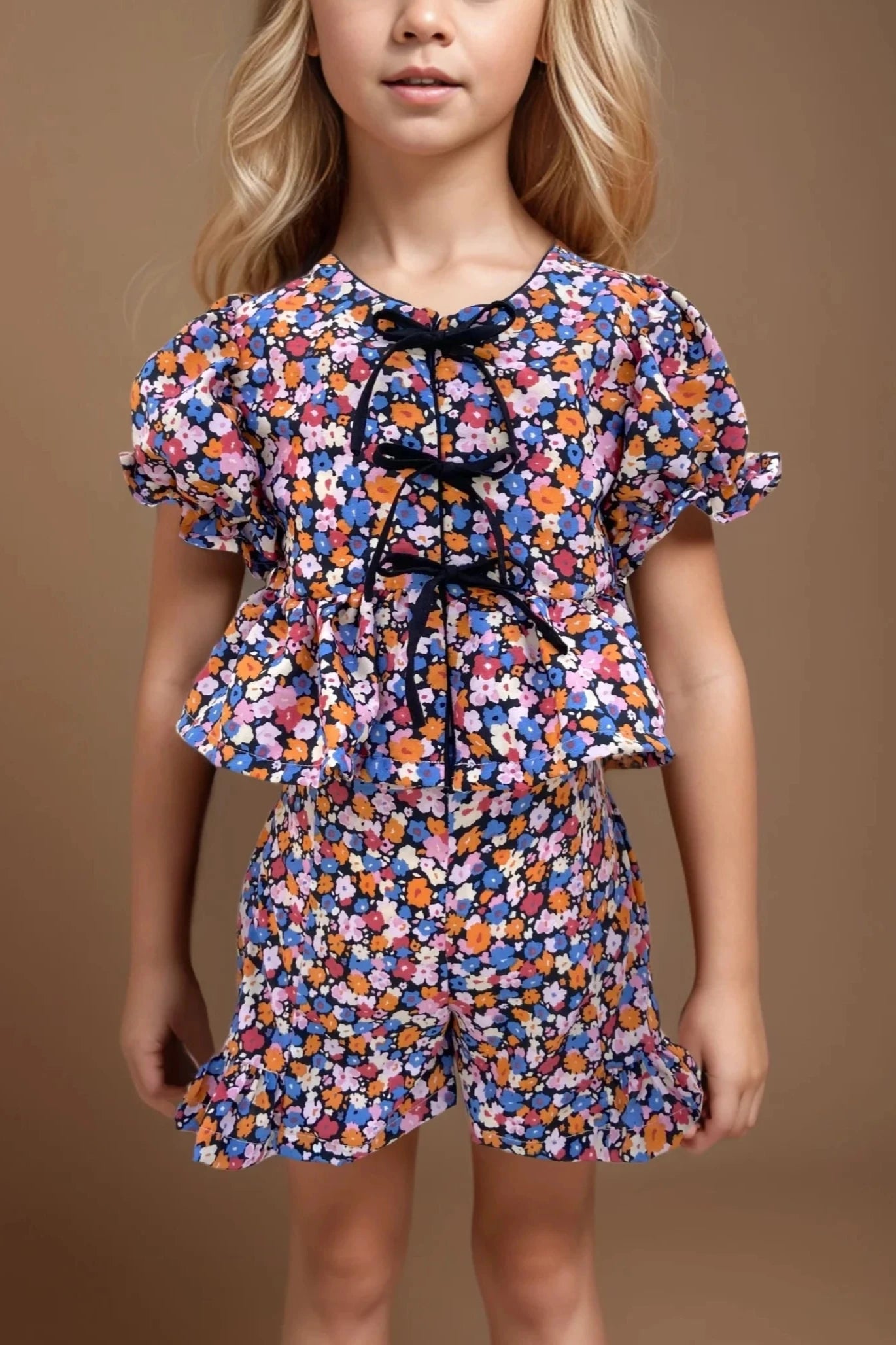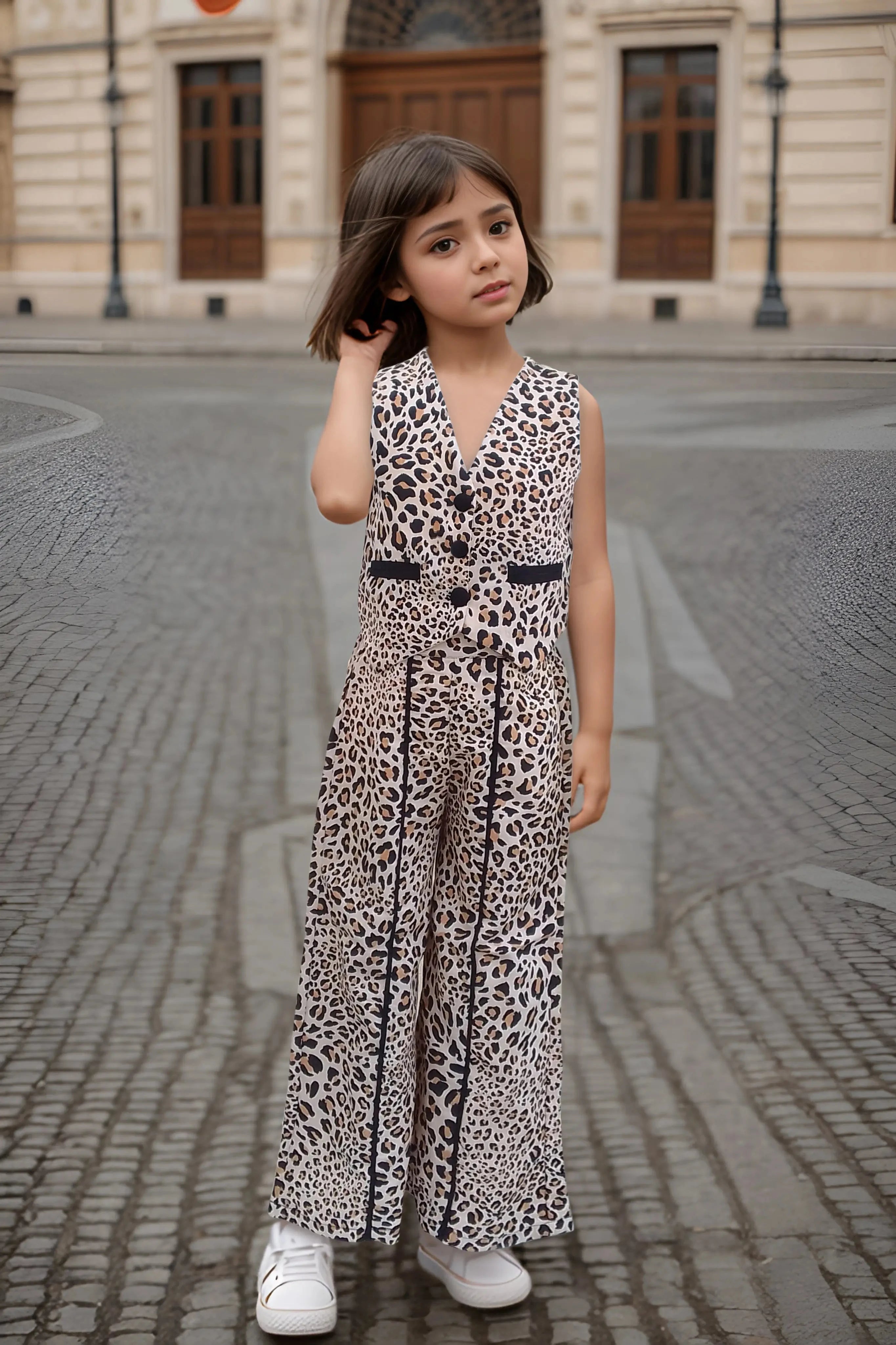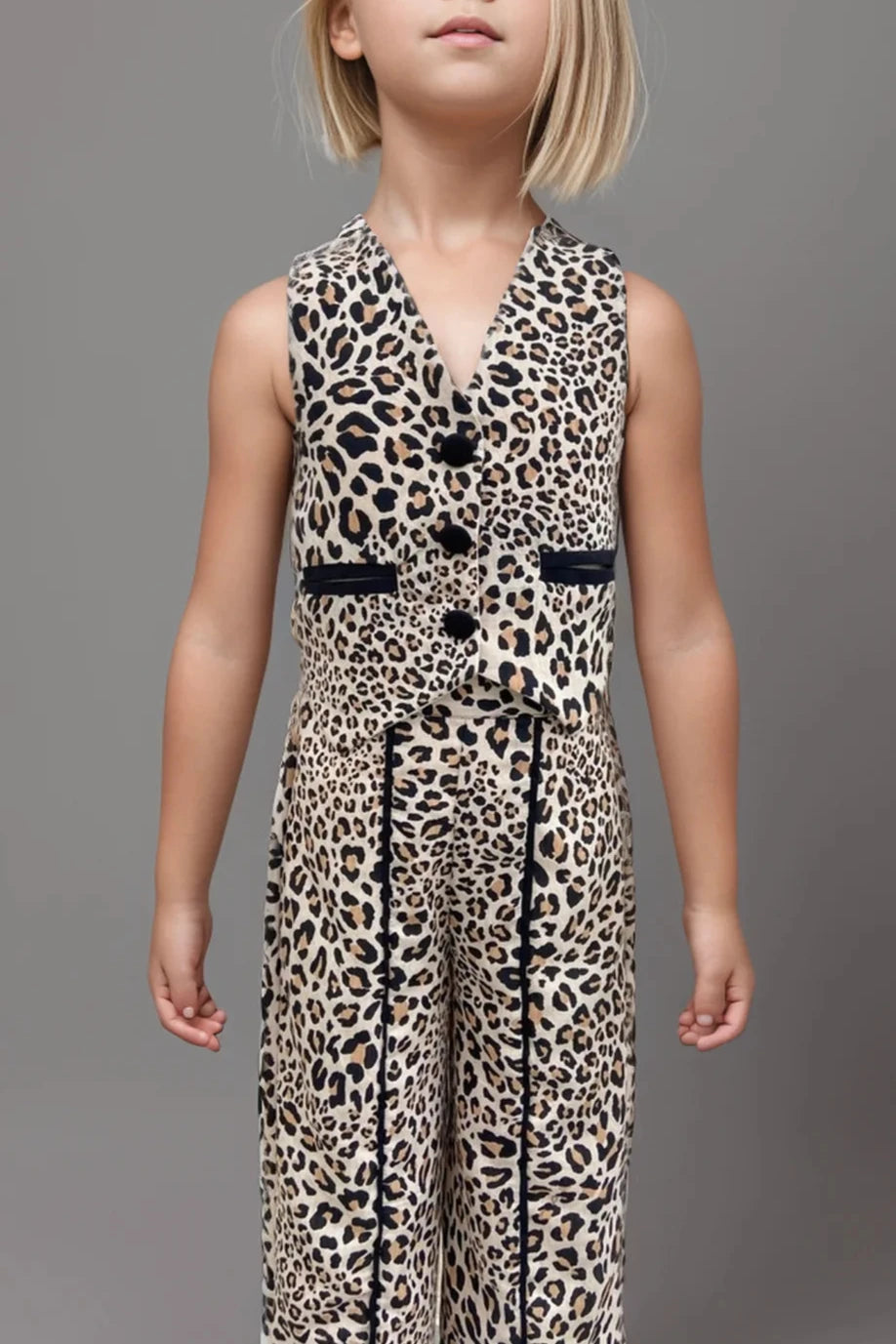Good Manners for Kids | Ultimate Parent's Guide Book
Table of Contents
- What Are Good Manners for Kids?
- Why Teaching Good Manners Is Important in Early Childhood
- Good Manners at Home, School, and Public Places
- Good Manners vs. Bad Manners (What Not to Ignore)
- 10 Gentle Conversations to Have with Your Child About Manners
- Fun & Engaging Ways to Teach Manners
- Inspiring Good Manners Through Stories
- Books That Teach Manners (and Make Storytime Extra Special)
- Manners Quotes & Positive Reinforcement
- Common Mistakes Parents Make (and How to Avoid Them)
- A Good Manners Chart Every Child Can Follow
- Conclusion: Gentle Manners, Lifelong Values
- FAQs
A complete guide for parents to nurture good manners in kids through everyday moments, kindness conversations, and playful learning tools.
As parents, we all share a quiet hope — that our children grow up to be kind, thoughtful, and respectful human beings. And more often than not, that journey begins with something beautifully simple: good manners for kids. Whether it’s a gentle “please,” a heartfelt “sorry,” or a cheerful “thank you,” these small words carry powerful lessons. In today’s fast-moving world — where so many conversations happen through screens — manners become gentle anchors, helping children build real connections and feel truly seen.
This blog isn’t about adding more to your parenting checklist. It’s a soft nudge — a collection of thoughtful, heart-centered ideas to make teaching good manners fun, engaging, and full of meaning.
What Are Good Manners for Kids? (With Examples Kids Understand)
So, what exactly are good manners? Are they just about saying “thank you” and “excuse me”? Or is there something deeper?
Good manners are more than polite words — they’re little acts of thoughtfulness that show care and respect for others. They're how we teach our kids to move through the world with grace, kindness, and confidence.
To a child, manners might sound like a bunch of grown-up rules. But when we break them down into real-life, relatable moments, they begin to make sense. Examples of Good Manners for Kids:
- Saying “please” when asking for a snack – shows respect.
- Waiting their turn to talk – teaches patience.
- Apologizing after a mistake – builds accountability.
- Helping a friend pick up toys – that’s empathy in action.
When we put it like that, manners aren’t stiff or formal. They’re the heart of everyday kindness. They're how we teach our children that other people’s feelings matter — and that their actions, no matter how small, can make a big difference.
Glossary :
Good manners - It means showing kindness, respect, and consideration for others through our words and actions.
Why Teaching Good Manners Is Important in Early Childhood
You know that beautiful moment when your child says “thank you” without being reminded? Or when they offer a seat to grandma without anyone nudging them? Those little wins? They’re big. Because good manners aren’t just about looking polite — they shape who our kids become.
When we teach manners early, we’re laying the foundation for emotional intelligence, empathy, and healthy social habits. We're showing our children how to be aware of others' feelings, how to express themselves with kindness, and how to be part of a community — whether it’s at home, at school, or out in the world.
It’s also worth remembering that kids are like sponges. What they see, they absorb. So when we consistently model respectful behavior — holding the door open, saying sorry, listening without interrupting — they pick up on it. Not through lectures, but through lived moments.
And the best part? Manners give children a sense of confidence and belonging. They help little ones feel more secure in social settings, more loved at home, and more prepared to build friendships that last.
So yes, teaching manners may seem like a slow, repetitive job (we feel you!). But over time, these seeds of kindness grow into something truly beautiful. And we, as parents, get a front-row seat to that transformation.
Good Manners at Home, School, and Public Places
Let’s be honest — teaching kids manners can sometimes feel like trying to water a plant that’s growing in slow motion. You wonder, “Are they even getting it?” But here’s the lovely part: with consistency and kindness, they do. And when you start weaving good manners into their everyday environments — home, school, and public places — they begin to bloom naturally.

Here’s a gentle, go-to list of good manners to help your child shine, wherever they are:
At Home: The First School of Manners
Home is where manners begin. It's where your child learns to respect space, express gratitude, and care for others.
- Say “good morning” and “goodnight” — Small greetings that nurture connection.
- Help with simple chores — Setting the table, tidying toys, feeding pets.
- Knock before entering rooms — Builds a sense of boundaries.
- Say “please,” “thank you,” and “sorry” — Even within the family.
- Share with siblings or visitors — Teaches generosity and patience.
At School: Practicing Kindness in a Group
School is where children learn to socialize, wait their turn, and be part of a community.
- Raise your hand to speak — Respecting others' turn to talk.
- Listen when the teacher or classmates speak — Builds attentiveness.
- Say “excuse me” when passing or interrupting — A sign of courtesy.
- Apologize when necessary — Owning mistakes is a strength.
- Include others during playtime — Fosters empathy and inclusion.
In Public Places: Being a Kind Citizen
Public manners help children feel confident and considerate in shared spaces.
- Use a soft voice indoors — Especially in places like clinics or libraries.
- Wait in line patiently — A hard one, but so important.
- Use trash bins, don’t litter — Teaches responsibility.
- Offer help when someone needs it — Like holding a door open.
- Respect elders and people with disabilities — Manners wrapped in compassion.
Manners don’t need to be “perfect.” What matters most is that your child understands the why behind them — that we use good manners to be kind, thoughtful, and respectful of others.
Good Manners vs. Bad Manners (What Not to Ignore)
As parents, we often focus on teaching our children what to do — say please, share your toys, be polite. But sometimes, it’s just as important to gently point out what not to do. Because bad manners, if left unchecked, can quietly become habits.
And let’s face it — our kids aren’t trying to be rude. They’re just learning. That’s why noticing the small things and talking about them early on makes a huge difference.
Here’s a simple comparison to help you have those “teaching moments” without the lectures:
|
Good Manners |
Bad Manners (Don’t Ignore These!) |
|
Saying “please,” “thank you,” and “excuse me” |
Demanding things or ignoring people |
|
Listening patiently when someone speaks |
Interrupting or tuning out mid-conversation |
|
Taking turns and sharing |
Grabbing, refusing to share, or cutting in line |
|
Using kind and respectful words |
Using rude, mocking, or disrespectful language |
|
Apologizing when they’ve hurt someone |
Blaming others or refusing to take responsibility |
|
Respecting personal space and privacy |
Pushing, yelling, or invading others’ space |
|
Waiting patiently in public places |
Complaining loudly, running around, or making a mess |
What not to ignore? The little things. The eye rolls. The door slammed “by accident.” The “give me that” instead of “can I please have it?” These moments may feel small, but they’re golden opportunities to model and guide.
Instead of reacting harshly, try a calm cue like:
“That didn’t sound kind. Want to try asking that in a gentler way?”
When we teach both sides of the coin — what to do and what to avoid — our kids grow up with the emotional intelligence and awareness they need to thrive.
10 Gentle Conversations to Have with Your Child About Manners
Good manners aren’t learned in a day — they’re built through everyday moments and heartfelt conversations. The goal isn’t to raise “perfectly polite” kids, but kind, thoughtful ones who understand why their words and actions matter.
Instead of lectures, try opening the door to gentle, meaningful conversations — ones that feel more like connection and less like correction.
Here are 10 simple, loving conversation starters to guide your child toward better manners:
- “How do you feel when someone says ‘thank you’ to you?”
Let them reflect on how kindness feels — and how they can offer that to others. - “What does it mean to be respectful?”
Explore what respect looks like at home, school, and in public places. - “Why do we say ‘excuse me’ when we interrupt?”
Help them understand that politeness helps people feel heard, not overlooked. - “Have you ever felt left out? What could someone have done differently?”
Talk about inclusion, sharing, and the importance of taking turns. - “How can we show we’re listening with our eyes and ears?”
Practice active listening together — facing the speaker, no interruptions. - “What do you think a kind voice sounds like?”
Playfully mimic tones — kind vs. rude — and talk about their effect. - “Why is it okay to say sorry, even if it was a small mistake?”
Discuss ownership, empathy, and how “sorry” can heal small hurts. - “What’s a polite way to say ‘no’ to something?”
Teach boundaries and kindness — both can exist together. - “Do you think adults need good manners too?”
(They’ll say yes!) Let them see that manners are for everyone — and model it too. - “What’s one nice thing you did for someone this week?”
Celebrate small wins. It reinforces that kindness is something to notice and be proud of.
These aren’t one-time chats. They’re ongoing, growing conversations that weave manners into everyday life — in the car, over dinner, or during bedtime snuggles. What matters most is not perfection, but presence.
Fun & Engaging Ways to Teach Manners
Let’s be real — no child wants a lecture on manners. But turn it into a game? A story? A chance to act like a “Kindness Superhero”? Now that gets their attention.
Manners can absolutely be fun to learn — and even more fun to practice. Here are some playful, creative ways to bring them into your child’s everyday world:
1. The Manners Game Jar
Write down different manners (like “say thank you,” “wait your turn,” “compliment someone”) on paper slips. Let your child pick one each morning to practice for the day. At dinner, talk about how they used it!
2. Role Play With Toys or Puppets
Let their stuffed animals or dolls act out different scenarios — one polite, one not-so-much. Ask: “What should Bunny do next?” It’s amazing how kids see things more clearly through play.
3. Create a “Kindness Bingo” Card
Fill the boxes with simple acts like holding the door, saying sorry, or helping someone. Every time your child completes one, they mark it off. When they get BINGO? A high-five or little reward!
4. Read Stories That Model Good Behavior
Books are powerful. Choose ones where characters learn about kindness, empathy, and respect. After reading, ask: “What would you have done?”
5. Pause and Talk During Shows
When watching cartoons or movies, hit pause during tricky moments. “Uh-oh! Was that a kind choice?” It becomes a quick, non-preachy way to spark conversation.
6. Make a “Manners Mural” Together
On a big chart paper, draw or write out examples of good manners your child already uses — and a few they’re working on. It’s visual, colorful, and feels like a proud display of their growth.
7. Host a Mini “Polite Party”
Dress up, set the table fancy, and pretend you’re at a special tea or dinner party. Practice please, thank you, napkin use, and waiting your turn. It’s adorable and effective!
8. Use Praise That Highlights the Manner
Instead of “Good job,” try “I noticed how you waited patiently — that was respectful!” It helps kids connect the behavior to the value behind it.
Remember, when it comes to teaching manners, fun opens the door, and consistency keeps it open. Your child will follow your lead — and when they learn with laughter and love, those lessons stick.
Inspiring Good Manners Through Stories
Children don’t always remember what we say — but they do remember how a story made them feel. Stories sneak lessons into the heart without resistance, making them one of the most powerful tools to gently teach good manners.
Whether it’s a bedtime read-aloud or a five-minute tale told while brushing teeth, stories help kids see themselves in different situations and explore what it means to be kind, respectful, and thoughtful.
Here’s how to use stories to nurture manners:
Choose Books With Gentle Moral Lessons
Look for books where characters face real emotions — like jealousy, frustration, or excitement — and learn how to respond with kindness.
Some timeless picks:
- “How Full Is Your Bucket?” by Tom Rath
- “Have You Filled a Bucket Today?” by Carol McCloud
- “Llama Llama Time to Share” by Anna Dewdney
- “What If Everybody Did That?” by Ellen Javernick
Tell Stories From Your Own Life
Share a time you forgot to say thank you — or when someone’s good manners made your day. It shows that manners aren’t rules, they’re relationships.
Make Up Stories With Your Child as the Hero
Say: “Once upon a time, there was a kid named [your child’s name], and one day they found a puppy who needed help…”
Add little moments where your child-character says “please,” shares kindly, or apologizes. Let them guide the story too!
Listen to Audiobooks or Podcasts Together
Turn car rides or quiet time into gentle learning sessions with storytelling podcasts that focus on values and character development.
Reflect Together After the Story
Ask:
- “What did you notice about how the character behaved?”
- “Was there a kinder choice they could’ve made?”
- “What would you have done?”
Stories offer safety — a way for kids to explore “what’s right” without feeling wrong. Over time, they’ll begin to draw those lessons into their real-life choices, not because we told them to, but because they felt the why.
Books That Teach Manners (and Make Storytime Extra Special)
Because sometimes, a good story does the teaching for you.
Books are magical. They open up conversations, spark empathy, and often explain things to children in ways that stick. If you're looking to gently introduce or reinforce good manners, here are some beautiful, age-appropriate reads that can help:
1. Do Unto Otters: A Book About Manners by Laurie Keller
A clever, funny, and heartwarming book that teaches the golden rule through a friendly otter and his forest neighbors. Perfect for ages 4–8.
2. What If Everybody Did That? by Ellen Javernick
This simple yet powerful book shows kids how even small actions (like littering or interrupting) can have a big impact — and why making thoughtful choices matters.
3. Kindness Is My Superpower by Alicia Ortego
A great book to introduce kindness and empathy, with real-life situations children can relate to. It’s both engaging and affirming.
4. The Berenstain Bears Forget Their Manners by Stan & Jan Berenstain
A classic that never gets old. The bear family works through messy, funny, and realistic situations — and kids love learning right alongside Brother and Sister Bear.
5. Llama Llama Time to Share by Anna Dewdney
Through rhyme and gentle storytelling, this book tackles the tricky subject of sharing in a relatable way — perfect for toddlers and preschoolers.
Reading these stories together not only teaches manners but also opens the door for meaningful conversations, cuddles, and connection. You can even ask your child questions like:
- “What would you do if you were in that character’s place?”
- “How did the story make you feel?”
- “Have you ever experienced something like this?”
Storytime can be one of the most natural, joyful ways to nurture kindness, patience, and respect.
Manners Quotes & Positive Reinforcement
Sometimes, a short, simple quote is all it takes to spark a shift in how a child sees the world — and their place in it. Whether it’s printed on the fridge, whispered during a tough moment, or tucked into a lunchbox note, a thoughtful quote can be a gentle reminder of kindness, patience, and respect.
And when paired with positive reinforcement, these tiny tools become powerful parenting magic.
Quotes That Speak to a Child’s Heart
Here are a few child-friendly, values-rich quotes you can use in daily life:
- “Kindness is free. Sprinkle that stuff everywhere.”
- “Good manners are your beauty.”
- “It’s not what you say, but how you say it.”
- “You can be strong and gentle.”
- “Please and thank you are magic words.”
You can even create your own “Manner of the Week” board — post a quote every Monday and reflect on it together throughout the week.
The Power of Positive Reinforcement
Kids are more likely to repeat what’s noticed and celebrated. Try these ideas:
- Praise the action, not just the person: Instead of “You’re such a good boy,” try “I really liked how you waited patiently for your turn — that was very respectful.”
- Use visual rewards like sticker charts: Track positive behaviors with a simple chart and celebrate with something meaningful — like an extra story at bedtime, a family game night, or a homemade certificate.
- Catch them being kind: Acknowledge the small moments. “I noticed you let your brother go first. That was very thoughtful.”
- Leave little notes of encouragement: A sticky note on the bathroom mirror that says, “Thank you for your kind heart,” can go a long way in building self-worth and motivation.
Teaching manners isn’t about forcing politeness — it’s about nurturing empathy. And when we surround our children with words that uplift, encourage, and guide, they begin to understand that manners are not just rules — they’re a way of being kind in the world.
Common Mistakes Parents Make (and How to Avoid Them)
Let’s face it — teaching manners isn’t always straightforward. There’s no one-size-fits-all rulebook, and even with the best intentions, we sometimes trip up. The good news? Awareness is the first step toward doing things differently — and more gently.
Here are some common slips parents make when teaching manners, along with kinder, more effective alternatives:
1. Expecting Instant Perfection
The Mistake:
Thinking kids will “get it” after being told once.
A Better Way:
Manners take time and repetition — just like learning to walk or read. Be patient, model the behavior often, and praise progress over perfection.
2. Correcting in Public
The Mistake:
Pointing out mistakes or scolding about manners in front of others.
A Better Way:
Pull them aside later for a gentle conversation. Kids respond best when they don’t feel embarrassed or shamed.
3. Forgetting to Model It Yourself
The Mistake:
Saying “Say thank you!” without actually using the words ourselves consistently.
A Better Way:
Children are master imitators. When you say “please,” “thank you,” and “excuse me” regularly, they naturally follow your lead.
4. Forcing Apologies Too Soon
The Mistake:
Insisting on a quick apology before the child understands what they did.
A Better Way:
Guide them to recognize the impact of their action first. Help them understand why an apology is needed, and then let it come from a genuine place.
5. Overemphasizing Politeness Over Emotions
The Mistake:
Prioritizing “being polite” even when a child is tired, upset, or overwhelmed.
A Better Way:
Acknowledge their feelings first. “You seem tired. Would you like to try again when you’re feeling better?” Kindness shouldn't come at the cost of emotional awareness.
6. Making Manners Feel Like Rules, Not Values
The Mistake:
Using manners as checkboxes: “Did you say thank you? Did you say sorry?”
A Better Way:
Talk about how good manners make others feel — respected, safe, valued. When children feel the impact, the habit sticks longer.
Every parent stumbles. What matters most is showing up with love, trying again, and modeling the same kindness we hope to see in our children.
A Good Manners Chart Every Child Can Follow
Conclusion: Gentle Manners, Lifelong Values
Teaching manners isn’t about being perfect or raising perfectly behaved children. It’s about raising kind, aware, respectful humans who know how to treat others with care — and who feel confident in their own voice and presence.
As parents, every “please,” every “thank you,” every whispered reminder not to interrupt — they all add up. It’s the little moments, repeated with love, that shape the bigger picture.
And remember, you don’t have to do it all at once. One conversation, one small action, one modeled behavior at a time — that’s more than enough. You’re already doing so much just by showing up with intention.
Here’s to raising kind kids in a world that truly needs them.
And here’s to you — for leading with love.
Related:
- Check out our blog on 100+ Heartfelt Happy Family Quotes.
- Check out our blog on Health Benefits of Honey for Kids Over 2.
- Check out our blog on 50+ Unique Hobbies for Kids | 2025.
FAQ'S
1. How do I teach my 5-year-old manners?
Start by keeping it simple, fun, and consistent. Model polite behavior by saying “please,” “thank you,” and “sorry” yourself. Use stories, role-play, and games to make manners relatable. Praise kind actions and gently guide them when corrections are needed. Most importantly, be patient — repetition is key at this age!
2. What is good manners in simple words?
Good manners are kind and respectful ways to behave. It means saying polite words, listening to others, sharing, waiting your turn, and being thoughtful about how your actions affect others.
3. How to explain manners to a child?
Explain that manners are like "magic words and actions" that make others feel happy and safe. Give real-life examples: “When you say thank you, it shows someone you appreciated them.” Keep it short, sweet, and tied to feelings they can understand.
4. When to start teaching manners?
You can start as early as 2–3 years old. Children begin learning by watching, so modeling manners early helps. At age 5, kids can actively practice and understand basic manners like saying “please,” sharing, and listening patiently.
5. What is simple manners?
Simple manners are easy, everyday actions that show kindness and respect. Things like saying “hello,” covering your mouth when you sneeze, waiting in line, or saying “excuse me” are all examples of simple manners that go a long way.









